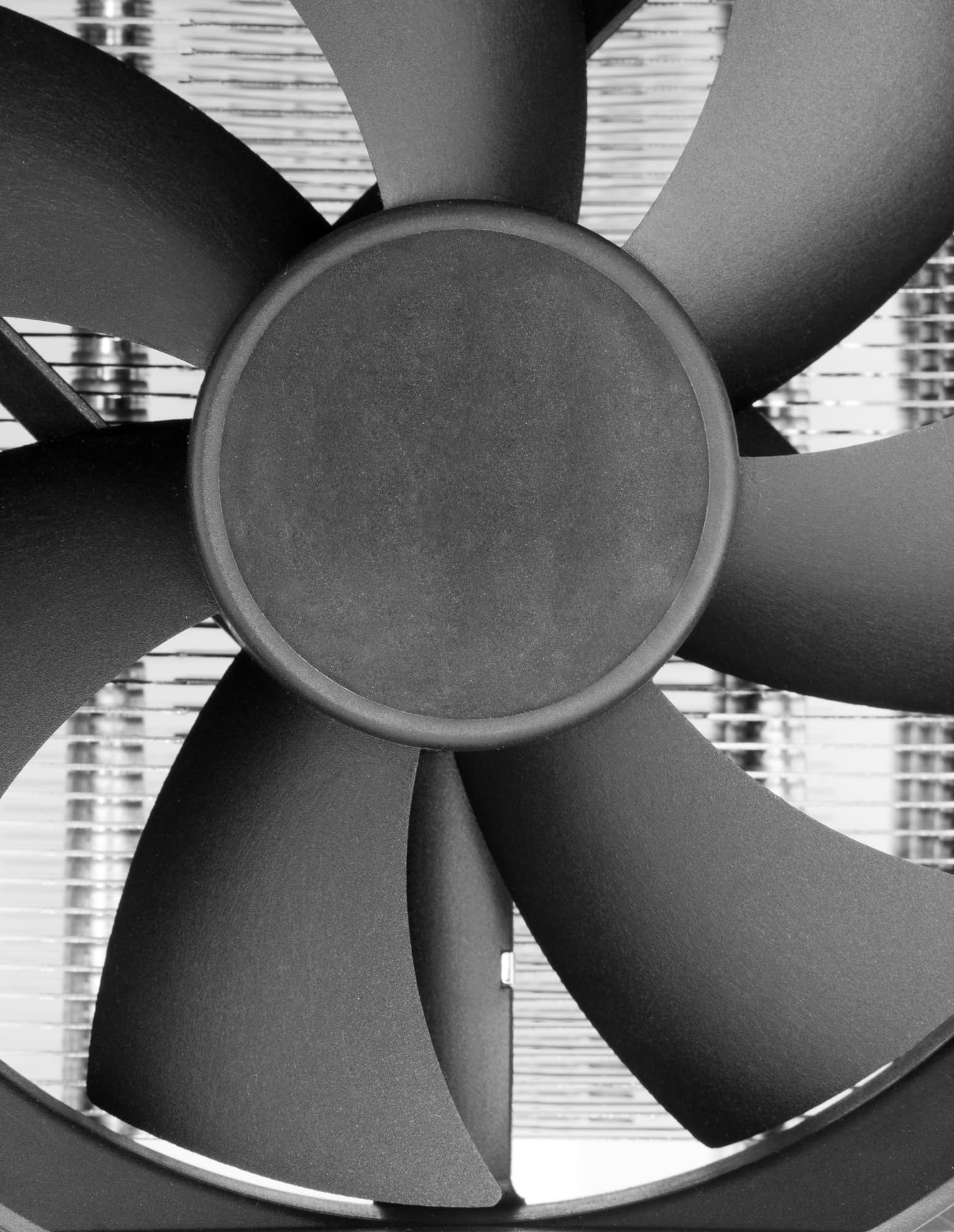How to Fit a Larger Radiator in a Nissan 350Z for Enhanced Cooling During Track Days?

As car enthusiasts, you know that pushing your vehicle on the track can lead to excessive engine heat. This is where a larger radiator plays a crucial role. It not only provides improved cooling but also enhances the overall performance of your car. In this article, we’ll guide you on how to fit a larger radiator in a Nissan 350Z, an upgrade that will surely enhance your cooling performance during track days.
Choosing the Right Radiator
Before we delve into the installation process, it’s essential to choose the right radiator. The commonly used OEM or stock radiators might not be able to handle the heat generated during a strenuous day on the track.
Cela peut vous intéresser : How to Install a Performance Throttle Body on a Chevrolet Silverado for Greater Airflow?
When you’re choosing a radiator, make sure to consider its size and cooling capacity. It’s not always about choosing the biggest radiator you can find. Instead, look at the radiator’s construction material, the number of cooling fins, and the size of the tubes. A larger radiator will have more surface area to cool the engine’s coolant, but if it’s too big, it might not fit properly in your car.
You should also consider the location of the radiator. If the new radiator is much larger than the stock one, it might require relocating some components. So, plan ahead and ensure that you have the necessary tools at your disposal.
Sujet a lire : What’s the Most Efficient Way to Cool the Intake Air on a Supercharged Mini Cooper S?
Preparing for the Installation
Before starting the installation, it’s good to prepare your workspace and gather all the necessary tools. You’ll need items such as a socket set, screwdrivers, coolant, and a drain pan.
Once you have everything ready, it’s time to remove the old radiator. Start by draining the coolant. Place a drain pan under the car and open the drain plug located at the bottom of the radiator. Be careful not to spill the coolant as it’s toxic and should be disposed of properly.
After draining the coolant, disconnect the hoses connected to the radiator. These are usually clamped and will require you to use your socket set or screwdrivers to disconnect them. Make sure you remember the location of each hose as it will be essential during the installation of the new radiator.
Installing the Larger Radiator
Now that your car is ready, it’s time to install the larger radiator. Start by comparing it with your old radiator. Make sure that they have similar connection points for the hoses and that the new radiator will fit properly in your car.
Next, align the new radiator with the mounting points in your car. If your new radiator is a lot bigger than the stock one, you may need to modify the mounting points. This might involve cutting or drilling into the front of your car. If you’re not comfortable with this, consider seeking professional help.
Once the new radiator is in place, start reattaching the hoses. Make sure they’re securely fastened and double-check your work to avoid any leaks.
Adding Coolant and Testing the New Radiator
After fitting the larger radiator, it’s time to add coolant. Fill the radiator with a mix of coolant and water until it reaches the fill line. Once the radiator is full, start your car and let it run for a few minutes. Watch the temperature gauge on your dashboard and make sure it doesn’t rise too quickly. This could indicate a problem with the new radiator, such as a leak.
While the car is running, check for any leaks. If you notice any, turn off the engine immediately and tighten any loose hoses or clamps.
Avoid driving your car for long periods of time until you’re sure that the new radiator is functioning properly. It’s best to run the car for a short period of time, then let it cool down before you take it out for a test drive.
Adjusting to Your New Cooling Power
After installing the new radiator and ensuring that it works perfectly, you will notice an improvement in your car’s cooling power. This is particularly noticeable during track days when you’re pushing your car to its limits. The temperature gauge will not rise as quickly as before, and the car will perform better due to the improved cooling.
Finally, it’s worth noting that maintaining your new radiator is just as important as installing it. Regularly check it for leaks and ensure that it’s always filled with coolant. Also, remember to clean the radiator fins regularly to get rid of dirt and debris that can affect its cooling efficiency.
By following these instructions, you should be able to successfully install a larger radiator in your Nissan 350Z. Remember, the goal is to enhance your car’s cooling capability, giving you a better and safer performance on the track. Good luck, and happy driving!
Recognizing the Importance of an Oil Cooler and Rep Power
In addition to a larger radiator, an oil cooler is another key component in keeping your Nissan 350Z cool during those hot, demanding track days. The oil cooler is designed to keep the oil temperature within the optimal range, thereby preventing damage to the engine due to excessive heat.
The oil cooler, just like the radiator, needs to be correctly sized. A cooler that’s too small won’t adequately cool the oil, and one that’s too big can overcool the oil, leading to reduced efficiency. An oil cooler works in conjunction with the radiator, helping to further reduce engine heat.
The rep power, or reputation power, is a measure of your engine’s overall health and functionality. It’s a good indicator of whether your cooling system, including the upgraded radiator and oil cooler, is working as it should. Regular checks of your rep power can help you identify any potential issues early and rectify them before they result in serious damage or costly repairs.
Remember, a properly functioning oil cooler and high rep power mean a healthier engine and better performance on track days.
Familiarizing Yourself with the Indicators of an Efficiently Cooling System
Once the new radiator and oil cooler are installed, it’s critical to familiarize yourself with your car’s cooling system indicators. Some of these indicators include the temperature gauge on your dashboard, the rep power, and any unusual noises coming from your car.
If the temperature gauge rises too quickly, it could be a sign that the larger radiator isn’t functioning properly, or there may be a leak in the cooling system. As we’ve mentioned before, regularly checking your rep power will also help you identify any potential issues early.
Unusual noises coming from your car, such as a rattling or whirring sound, could also indicate a problem with the cooling system. This could be due to loose components or a damaged radiator or oil cooler.
Remember, an efficient cooling system is vital in ensuring your Nissan 350Z performs optimally during track days.
Conclusion
Installing a larger radiator in your Nissan 350Z is undoubtedly one of the most effective ways to enhance your car’s cooling performance, especially during demanding track days. Keep in mind that it’s not just about fitting the largest radiator you can find, but rather finding the one that best suits your car’s needs. Also, don’t forget the importance of an oil cooler and maintaining a high rep power.
By following these guidelines, you can expect better performance from your track car, a healthier engine, and a more enjoyable driving experience. Remember to regularly maintain your cooling system and keep an eye on your car’s indicators to ensure everything is working as it should be.
Whether you’re a member join track day enthusiast or a seasoned veteran, upgrading your Nissan 350Z’s cooling system with a larger radiator and efficient oil cooler is a worthy investment. Happy driving, and here’s to many more thrilling track days!
